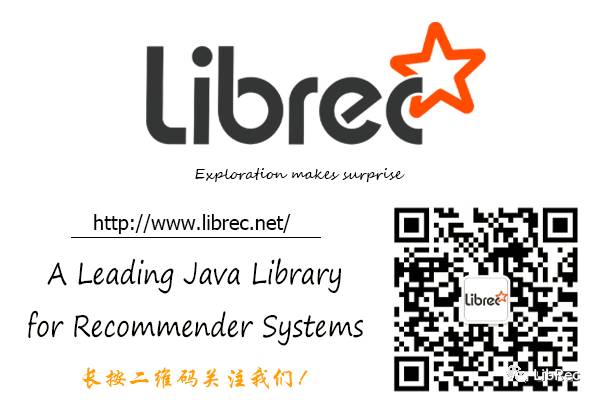LibRec 精选:GANs网络的几个开放问题
LibRec 精选
想你的日子,光阴开成思念的花。再回首,十里桃花在飘落。--句子迷
【博客】机器学习岗位求职经验分享,链接: https://generalizederror.github.io/My-Machine-Learning-Research-Jobhunt/
+ Companies
+ Interview process
+ Types of interviews
+ "Tell us about your research"
+ Coding interview
+ Machine Learning interview
+ Behavioral interviews
+ Salary negotiations
【博客】从变换器(transformer)的注意力机制到胶囊网络(Caps Net)的动态路由机制,链接:https://staff.fnwi.uva.nl/s.abnar/?p=108
【讨论】GANs网络的几个开放问题,链接: https://distill.pub/2019/gan-open-problems/
+ 如何在GANs与其它生成模型之间进行取舍?
+ GANs可以建模的概率分布类型是什么?
+ GANs在图像合成之外的应用是什么?
+ 如何确定GANs是全局收敛性?
+ 如何评估GANs及何时使用它们?
+ GANs模型训练时的批处理问题?
+ 判别器的鲁棒性会如何影响GANs的训练?
近期热点论文
1. Adapting RNN Sequence Prediction Model to Multi-label Set Prediction
Kechen Qin, Cheng Li, Virgil Pavlu, Javed A. Aslam
https://arxiv.org/abs/1904.05829v1
We present an adaptation of RNN sequence models to the problem of multi-label classification for text, where the target is a set of labels, not a sequence. Previous such RNN models define probabilities for sequences but not for sets; attempts to obtain a set probability are after-thoughts of the network design, including pre-specifying the label order, or relating the sequence probability to the set probability in ad hoc ways. We provide a new training objective that maximizes this set probability, and a new prediction objective that finds the most probable set on a test document.
2. SMURFF: a High-Performance Framework for Matrix Factorization
Tom Vander Aa, Imen Chakroun, Thomas J. Ashby
https://arxiv.org/abs/1904.02514v1
Bayesian Matrix Factorization (BMF) is a powerful technique for recommender systems because it produces good results and is relatively robust against overfitting. In this work we present SMURFF a high-performance feature-rich framework to compose and construct different Bayesian matrix-factorization methods. SMURFF is available as open-source and can be used both on a supercomputer and on a desktop or laptop machine.
3. Improving Scientific Article Visibility by Neural Title Simplification
Alexander Shvets
https://arxiv.org/abs/1904.03172v1
The rapidly growing amount of data that scientific content providers should deliver to a user makes them create effective recommendation tools. A title of an article is often the only shown element to attract people's attention. We offer an approach to automatic generating titles with various levels of informativeness to benefit from different categories of users.
4. Eliciting New Wikipedia Users' Interests via Automatically Mined Questionnaires: For a Warm Welcome, Not a Cold Start
Ramtin Yazdanian, Leila Zia, Jonathan Morgan, Bahodir Mansurov, Robert West
https://arxiv.org/abs/1904.03889v1
Once joined, these users have to decide which articles to contribute to, which users to seek out and learn from or collaborate with, etc. Any such task is a hard and potentially frustrating one given the sheer size of Wikipedia. Our questionnaires are constructed based on the text of Wikipedia articles as well as the history of contributions by the already onboarded Wikipedia editors.
5. Recommendations for Datasets for Source Code Summarization
Alexander LeClair, Collin McMillan
https://arxiv.org/abs/1904.02660v1
Source Code Summarization is the task of writing short, natural language descriptions of source code. the one-sentence Java method descriptions in JavaDocs. Code summarization is rapidly becoming a popular research problem, but progress is restrained due to a lack of suitable datasets.



